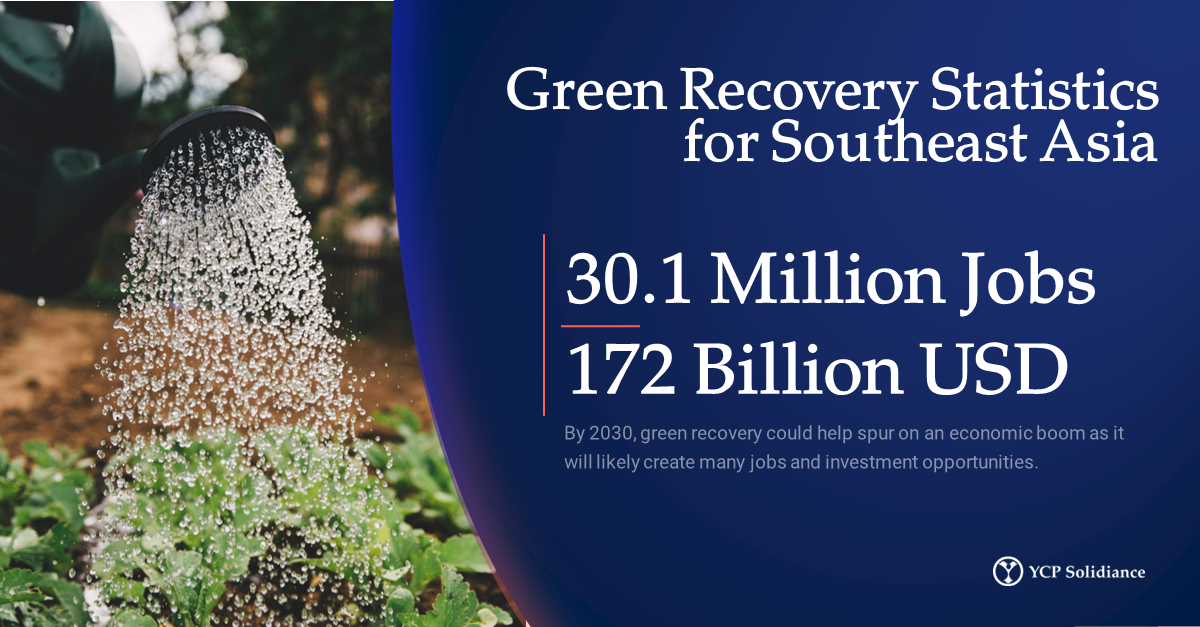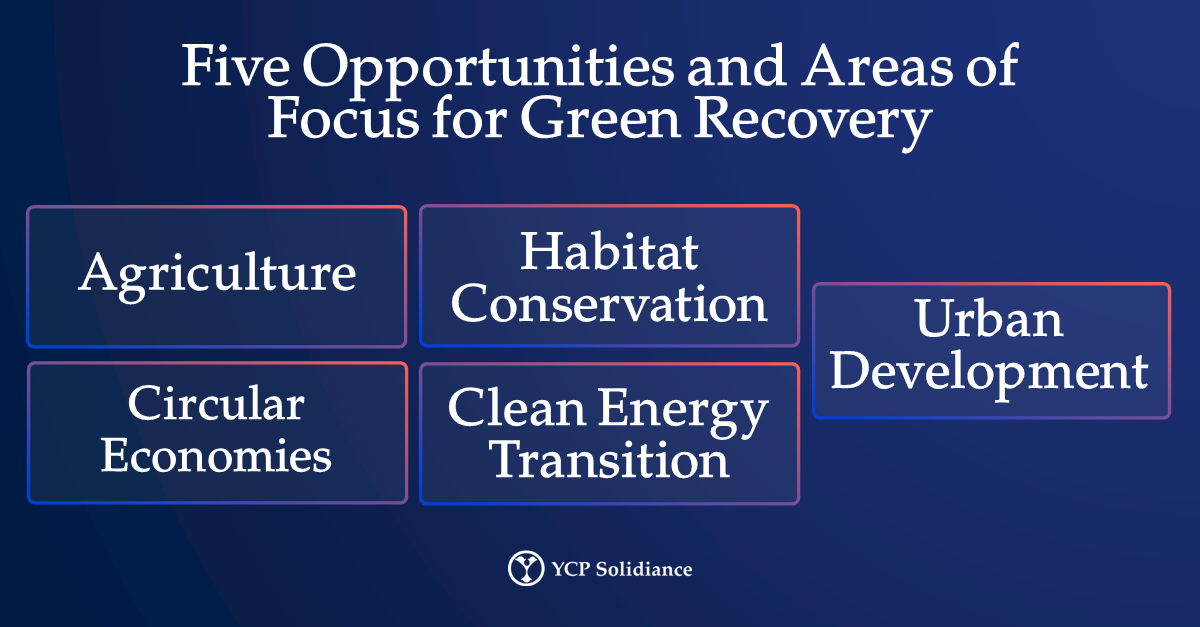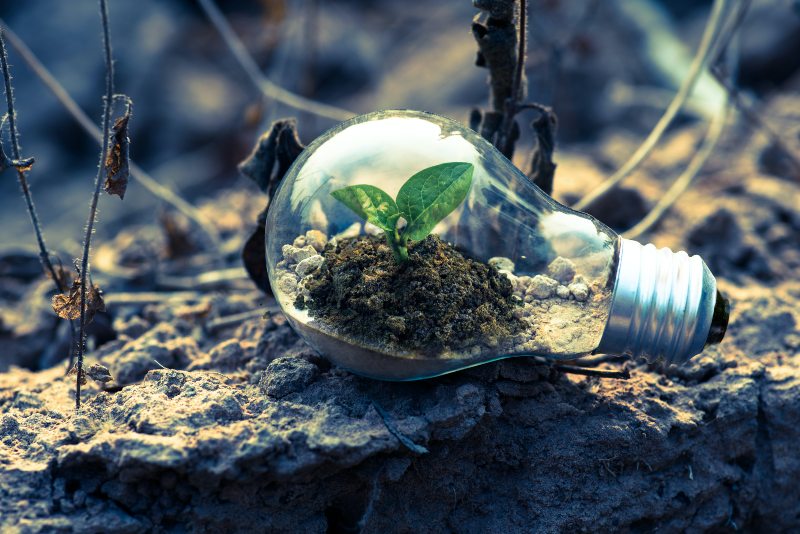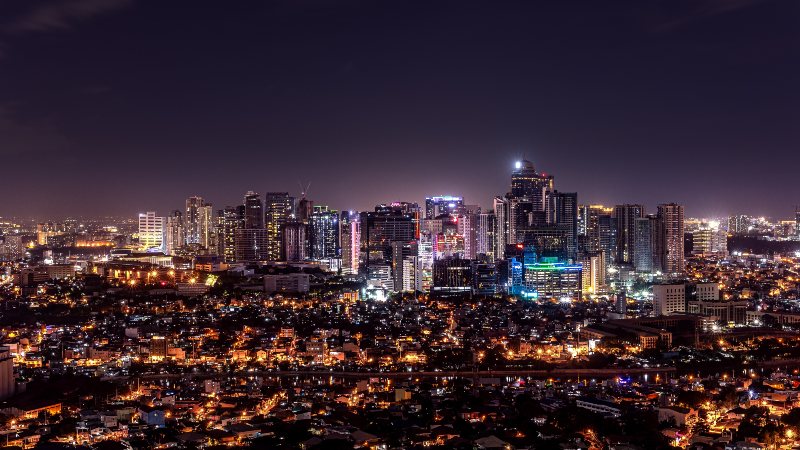According to a report by the Asian Development Bank (ADB) on green recovery in Southeast Asia, researchers believe that countries in the region that promote and invest in green growth opportunities could potentially generate 30.1 million jobs by 2030. The same report revealed that if ASEAN countries prioritize a green recovery strategy, the region could stand to generate approximately 172 billion USD worth of investment opportunities.
Thus, an emphasized focus on sustainability and related processes in the coming years will not only bring about environmental resiliency but promising economic opportunities as well.
Green Recovery in Southeast Asia
Given that green recovery may be synonymous with sustainable development, it can be understood that the shift toward increased adoption of sustainable and eco-friendly practices is all-encompassing.
Specifically, green recovery implicates several industries as it involves practices like reduced fossil fuel dependence, creating private sector projects with renewable energy, developing sustainable infrastructure and transportation systems, etc. Considering how green recovery can bleed into a diverse set of businesses and industries, the investment opportunity is plentiful as it involves players on several levels of business.
Such investment opportunities have recently manifested in the tourism industry. For instance, the Singaporean go-kart venture, HyperDrive, is touted as Southeast Asia’s first-ever electric circuit with zero-emission vehicles. Meanwhile, Thailand recently established the Benjakitti Forest Park at the heart of Bangkok in hopes of increasing green tourism among domestic travelers. 
Increasing Emphasis
An equally interesting aspect of green recovery is how businesses will emphasize, promote, and adopt sustainability in their practices. According to the YCP Solidiance white paper “Road to Recovery: Post Pandemic Business Outlook in Southeast Asia,” businesses should consider the following factors when aiming to become more sustainable:
- Collaboration Between Parties – To make a significant impact, businesses must collaborate in their efforts to become sustainable. Frameworks to ensure cooperation already exist, such as the UN Agenda for 2030 goals for Sustainable Development.
- Awareness of Natural Resources – While Southeast Asia has been rapidly developing, businesses must carefully manage such growth in consideration of the natural resources used to supplement development.
- Big-Picture Contributions – When transitioning to more sustainable practices, it will be important to become aware of its impact on both the economy and society. Understanding this dynamic will also be beneficial in driving green consumerism.
While the rate at which green recovery progresses will depend on several factors, an influx of activity in Southeast Asia will undoubtedly happen. Moving forward, potential investors should recognize the opportunity especially as green recovery and sustainable development are becoming a point of emphasis for both ASEAN governments and businesses alike.
To get insight into how parties in Southeast Asia are promoting green recovery in several industries, subscribe to our newsletter here and check out these reports:






